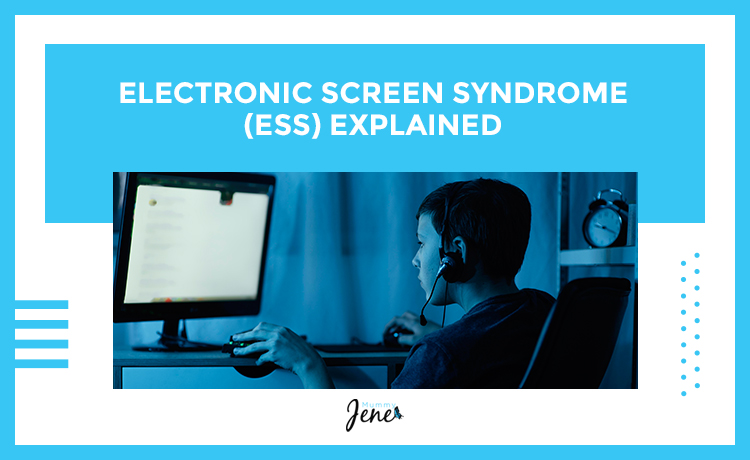The one thing that most parents worry about is their children spending way too much time on electronic devices. Parents have introduced screen time controls, restricted gadget use, and brought in family time hours to curb this. However, while these measures are effective to a degree, many people (children and adults) still spend far too long on their electronic devices. Many terms and theories have been introduced to explain screen-time addiction. One of these is electronic screen syndrome. Below we shall look at what electronic screen syndrome is and its likely pointers.
What Is Electronic Screen Syndrome?
Dr. Victoria Dunckley introduced the term Electronic Screen Syndrome (ESS). Electronic screen syndrome results from a dysfunctional interaction of people with electronic screen devices. In ESS, excessive screen time causes an overstimulation of the nervous system. This overstimulation, in turn, disrupts the psychological organization of the individual. Common effects include negative disruptive changes in behavior, cognition, and mood. ESS is seen as involving dysregulation. Ordinarily, individuals are supposed to modulate their mood and responsiveness to match what is suitable for their environment. However, following the impact of excessive screen-time on the nervous system, this becomes very difficult. The nervous system is being put into a highly tensioned and anxious state due to excessive screen-time, and as such, the individual approaches social situations inappropriately. Their ability to manage stress becomes impaired and their social responses inappropriate. What are the likely pointers of ESS that you need to watch out for? There are a couple of possible syndromes that may indicate Electronic Screen Syndrome. Here are some of the ones you need to watch out for:
1. The Individual Involved Is Overly Attached To On-screen Activities
This is the most important thing to look out for. If an individual seems to be developing an unhealthy attachment to their device screens, to the point where they spend excessive amounts of time on it, cannot bear to leave their screens for a while and do not seem to have regular hobbies or interests outside those on-screen, then it might be a screen addiction caused by electronic screen syndrome.
2. The Behavior Becomes Disorganized
Due to the impact on the nervous system, the individual ability to regulate their behavior to match the social situation becomes impaired. This can show up in some ways: they may become inattentive and disinterested in events outside their screen, their behavior becomes erratic and immature. They may become very edgy and confrontational/oppositional.
3. Their Social Adaptability Is Impacted
Someone with ESS may find it difficult to maintain physical relationships. Friendships may suffer due to their lack of attention or sustained interest, as well as their edgy and anxious nature. Their relationships with family members are affected, and they prefer online communication to physical interaction outside of their device screens. Their performance at school and work Is also affected. Other signs of Electronic screen syndrome broadly include:
- Emotional issues, e.g., meltdowns, increased irritability, etc.
- Physical problems such as headaches, insomnia, etc.
- Behavioral issues, e.g., aggression, hyperactivity, etc.
What Can You Do About Electronic Screen Syndrome?
The thing to do is to institute what is described as an electronic fast. The individual has to stay off their device for an extended period, about a month. Within this time, the individual will be involved in other fun, healthy social activities such as walking, visiting parks, etc., geared at reversing the effects of ESS on their systems.








